- sanyamchaurasia85@gmail.com
- +91 8800734642, 9958123142
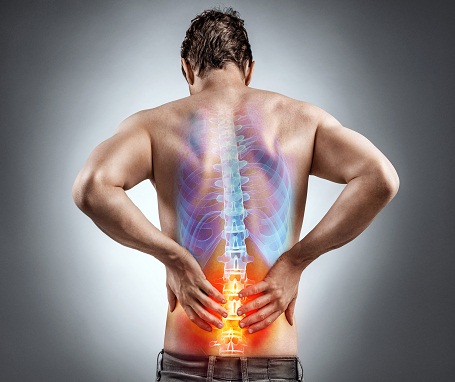
Lower back pain is experienced by almost everyone at some point of their life. The condition is a cause of injuries, such as a muscle strain or spasm, sprains of ligaments, joint problems, or a slipped disc. A slipped disc happens when the disc between the bones of the spine bulges and presses on the nerves. This often is caused by twisting while lifting. But many people never know what caused their slipped disc. The most common cause of back pain is using your lower back muscles in activities you are not usually engaged in, like lifting heavy furniture or doing yard work.
02
What is cervical spondylosis?
Neck pain is something that most commonly arises as people age. This is because as we age, the joints in our neck begin to degenerate. Cervical spondylitis is the condition related to this degeneration. In other words, it is an age related condition that affects the joints and discs in our cervical spine, which is in our neck. The condition also goes by the name of cervical osteoarthritis or neck arthritis. Age related changes are most common in the C5-C6 and C6-C7 segments, so this area is more prone to neck arthritis. But what exactly are these changes?
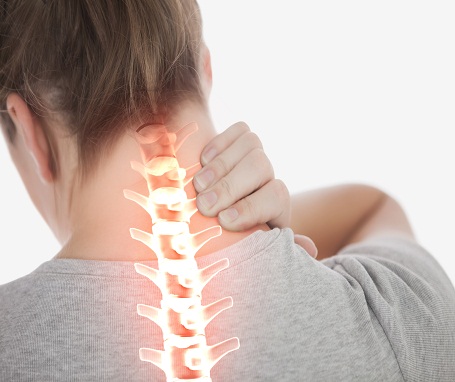
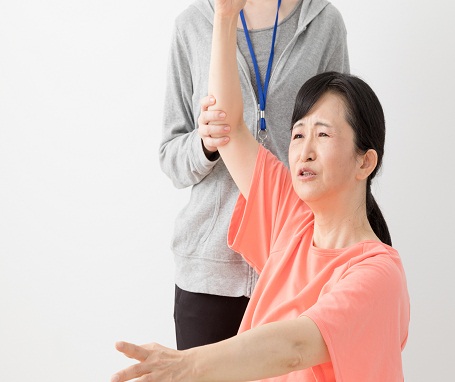
As the name suggests, frozen shoulder is a condition involving the shoulder joints. It also goes by the name of adhesive capsulitis. It is caused due to inflammation, thickening or shrinkage of the capsule surrounding the shoulder joint. The disorder is characterized by progressive pain and stiffness in the shoulder joint which usually resolves spontaneously within 18 months. However, around 40% patients may develop mild to moderate persistent symptoms, the cause of which remains unknown. The condition is particularly associated with diabetes, dupuytren’s disease, hyperlipidaemia, hyperthyroidism, cardiac disease and hemiplegia. It occasionally appears after recovery from neurosurgery.
04
What is stress fracture?
A stress or fatigue fracture is the one occurring in normal bone of a healthy patient, not due to any specific traumatic incident, but because of small repetitive stresses of two main types namely, bending and compression. As the name suggests, such fractures are caused due to repetitive stress on a bone which later develops a crack, resulting into a fracture.

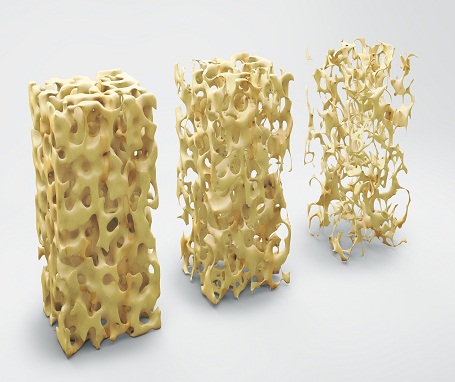
Due to higher incidences of fragility fractures and subsequent morbidity, osteoporosis has become a major public health problem. It is a condition that weakens bones, making them fragile and more likely to break. It develops slowly over several years and is often only diagnosed when a minor fall or sudden impact causes a bone fracture. An estimated 1.3 million osteoporotic fractures occur in India every year. Though osteoporosis affects the entire skeleton, almost half of these fractures include hip and colles’ fractures. Hip Fractures occur as a result of minimal trauma or spontaneously (as in vertebral and occasionally hip fractures). They increase sharply in women after menopause and in men after 60 years of age.
06
What is heel pain?
Heel pain is a very common condition which is faced by a vast range of people nowadays. As the name suggests, the condition is characterised by occurrence of pain in the heels. This pain can either affect the actual heel bone or the areas around it. When the pain occurs under the heel, it is termed as ‘Plantar Fasciitis’ and when it is caused behind the heel, it is known as ‘Achilles Tendinitis’.
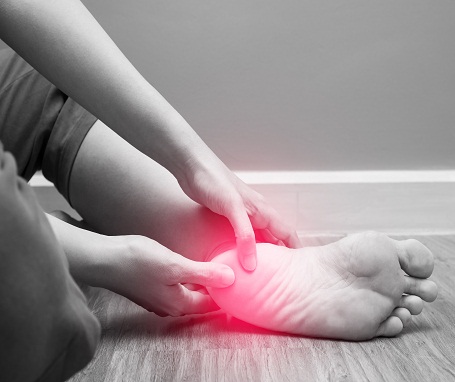
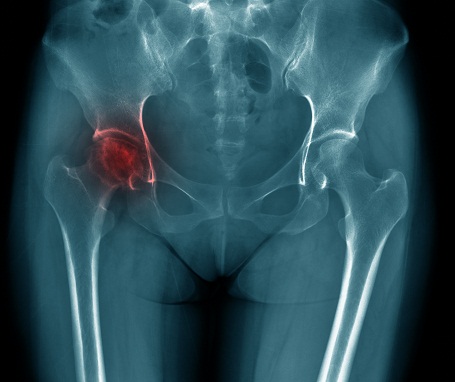
What is avascular necrosis of the femoral head (aseptic necrosis)?
Avascular necrosis also known as osteonecrosis means death of bone tissue due to insufficient availability of blood supply. The femoral head is the most common site of avascular necrosis (AVN) as its blood supply renders it vulnerable to ischaemia. The given condition can result into initial breakage of bone and eventually may even collapse it. Multiple hypotheses remain to explain the development of AVN, which include ischaemia (restricted blood supply), direct cellular toxicity and altered differentiation of mesenchyme stem cells. The condition may or may not cause pain.
08
What is ankle ligament injury?
Ankle sprains are the most common of all sports related injuries, accounting for over 25% of cases. They are probably even more common in pedestrians and country walkers who stumble on stairways, pavements and potholes. In more than 75% of cases, it is the lateral ligament complex that is injured- in particular the anterior talofibular and calcaneofibular ligaments. A sudden twist of the ankle momentarily tenses the structures around the joint.
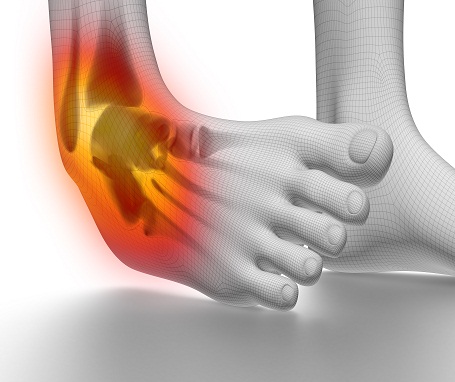
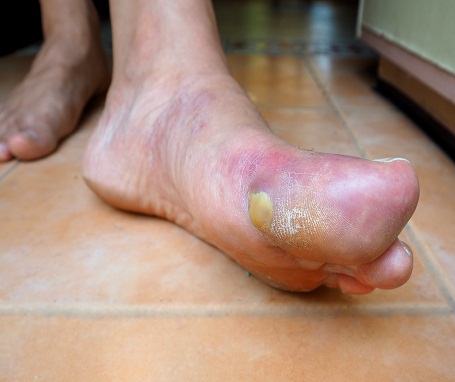
What is infection?
Depending on the type of invader, the site of infection and the host response, the result may be apyogenic osteomyelitis, a septic arthritis, a chronic granulomatous reaction (classically seen in tuberculosis of either bone or joint), or an indolent response to a less aggressive organism (as in low- grade periprosthetic infection) or to an unusual organism (e.g. a fungal infection). Soft-tissue infection range from superficial wound sepsis to widespread cellulitis and life threatening necrotize fasciitis.
10
Tennis elbow, which is also known as lateral epicondylosis is a condition associated with overloading of tendons in your elbow, which is usually caused due to repetitive motion of arm and wrist. By the name of the condition, tennis players may be susceptible, but most cases occur in those without a history of racquet use. The patient is usually an active persona aged between 40 to 55 years. Lateral elbow pain comes on gradually, often after a period of unaccustomed activity.

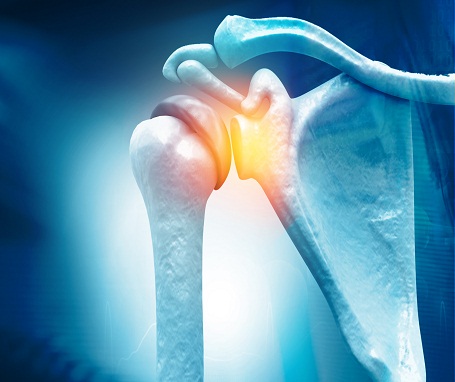
The word arthroscopy comes from the amalgamation of two Greek words namely, ‘arthron’ which means joints in the body and the word ‘skopein’ which means to view or observe. In a nutshell, the word arthroscopy means to observe the joints in the body. Shoulder arthroscopy thus means observing the shoulder joint in particular. The procedure is characterized by the insertion of a pencil-thin instrument into a small incision in the shoulder joint of an individual. The instrument so inserted contains a light and a camera that sends a magnified image of your shoulder joint to a computer screen. The image obtained is used by the surgeon to study the inside structures of your shoulder.
12
Osteoarthritis (OA) is a chronic degenerative joint disease commonly affecting the weight-bearing joints of the body such as the knees, hips, spine and feet. It causes considerable joint pain, stiffness and limited mobility of the joints. OA tends to worsen with time; if left untreated, OA of the knee can significantly affect one’s quality of life. Individuals with OA may no longer be able to perform their routine activities, and even a simple task such as walking may seem difficult. In such cases, the doctor may prescribe surgery to replace the damaged knee.

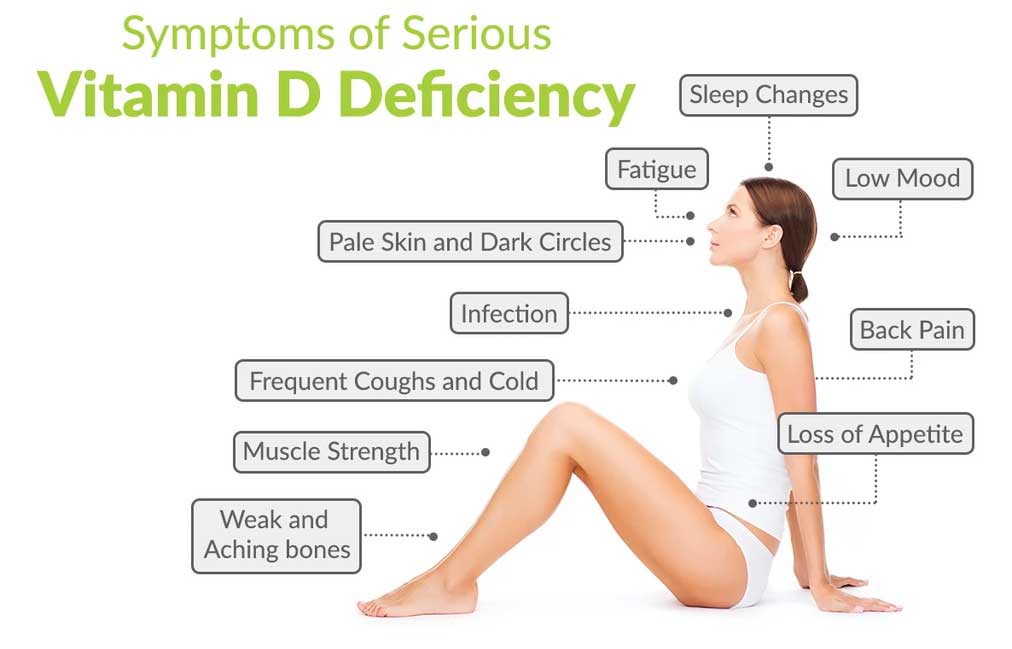
Vitamin D is a fat-soluble vitamin that is found in a number of food products and is majorly produced by our body when we expose our skin to natural sunlight. It has two forms namely, Vitamin D2 and D3. Vitamin D2 can be found in fortified foods, over-the-counter supplements, and plant foods. Vitamin D3, on the other hand, is found in animal foods, fortified foods, supplements and is also made inside our body when our skin is exposed to ultraviolet radiation of the sun. Apart from this, a major function of Vitamin D is that it helps our body absorb calcium (i.e. a main building block of bones).
14
Flat foot, also known as pea planus is a deformity which is characterized by the absence of arch in the feet or a very low arch in the feet. Due to this, the entire soul of the affected person’s feet tend to touch the ground on standing. It is a painful condition which develops when the arches of your feet do not develop in childhood or gets worn due to age or injury. The condition may even be present at the time of birth itself.
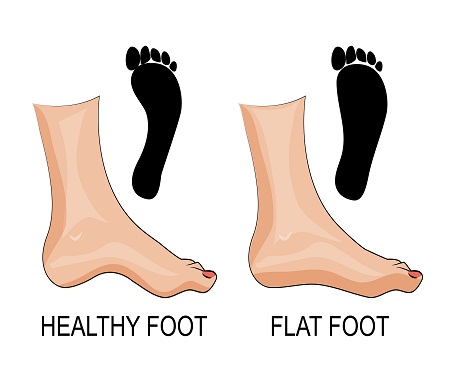
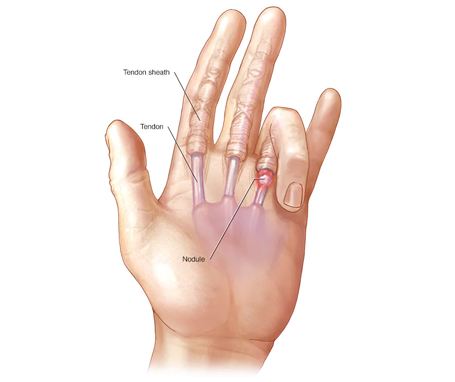
As the name suggests, trigger finger is a condition wherein your finger gets bent or straightened like a trigger being pulled and released. The condition is accompanied with the finger getting stuck in a bent position. It also goes by the name of Digital tenovaginosis or stenosing tenosynovitis. It primarily occurs when due to inflammation, the space within the sheath that surrounds the tendon gets narrowed. The underlying cause is unknown but the condition is certainly more common in patients with diabetes. People with rheumatoid disease may develop synovial thickening or intratendinous nodule which can also Cause triggering. Occupational factors, though sometimes blamed, are unlikely to be causative.
16
The patient, often a young adult, presents with a painless lump. Though occasionally, there is a slight ache and weakness. The lump is well defined, cystic and not tender and can sometimes be Trans illuminated. It doesn’t move with the tendons. The back of the wrist is the most common site; less frequently a ganglion emerges alongside the radial artery on the volar aspect. Occasionally a small, hidden ganglion is found to be the cause of compression of the deep branch of the ulnar nerve.

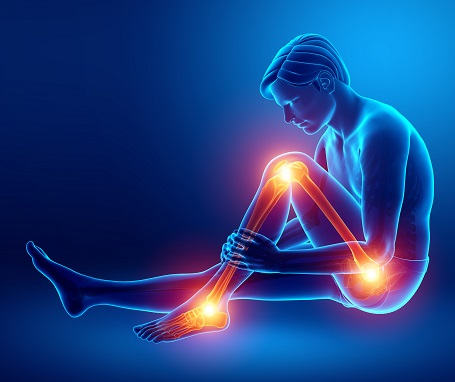
The most common cause of chronic inflammatory joint disease, Rheumatoid arthritis (RA) is an autoimmune condition under which the body’s immune system which is meant to protect your body’s health, starts attacking the joints mistakenly. The pain and stiffness caused due to RA usually occurs on both sides of the body symmetrically. In other words, if one of your knee joints is affected due to RA, the similar joint on the other knee will be affected too. Rheumatoid arthritis is a systemic disease and changes can be widespread in a number of tissues. RA usually affects joints of hands, feet, wrists, elbow, knees and ankle.
18
These are generalized chronic inflammatory diseases, but their effects are seen mainly in the spine and sacroiliac joints. Definition have changed in the last decade to reflect the fact that ankylosing spondylitis (AS) is the end stage of a disease process best described by the term-axial spondyloarthropathy (axial SPA). AS is characterized by pain and stiffness of the back, with variable involvement of the hips and shoulders and (more rarely) the peripheral joints. Its reported prevalence is 0.1-0.2% in Western Europe and African peoples. Males are affected more frequently than females (estimates vary from 2:1 to 10:1) and the usual age is between 15 and 25 years.
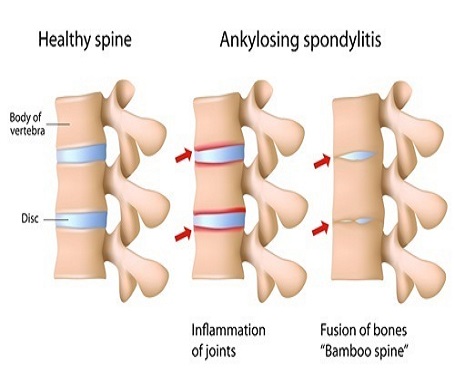
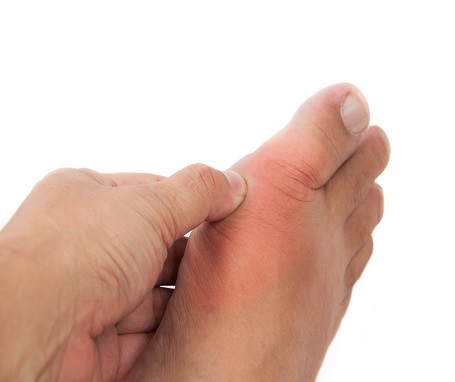
One of the most common forms of arthritis, gout is found in people with high concentration of uric acid in their blood, which later develops needle-like crystals in the joints. The condition is characterized by severe attacks of pain, redness, swelling and tenderness in the joints. The incidence of gout increases with increasing serum urate levels. The highest incidence of gout occurs between the age of 30 to 45 in men and 55 to 70 in women. It is rare in children and in premenopausal women, partly due to mild uricosuric effect of estrogenic hormones.
20
The patient, after being anesthetized, is placed in traction on a specialized operating room table. The traction is necessary to pull the hip apart slightly to allow us to insert instruments into the joint safely, without injuring the cartilage. All this is done with the help of a portable x-ray machine to make sure the instruments are positioned correctly. A pump device is used to fill the joint with saline. Then an arthroscope is used to view the joint; once a problem is identified, it is treated with a variety of instruments.
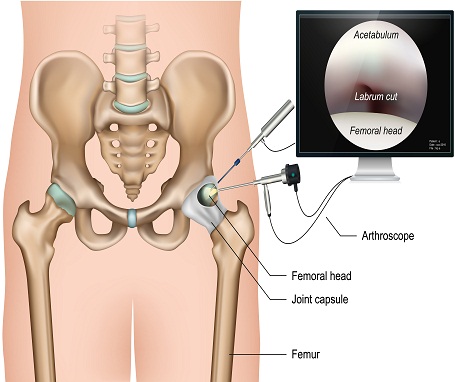
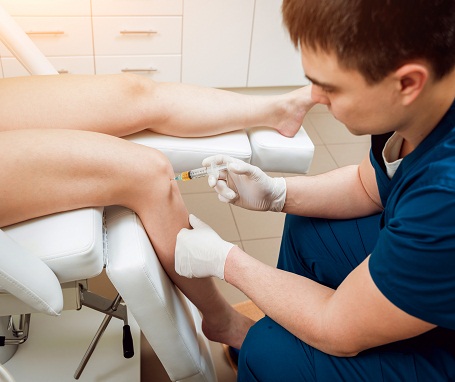
Arthroscopy is a minimally invasive surgical procedure that allows an orthopedic surgeon to see and operate inside a joint using a device called an arthroscope. The arthroscope is inserted through very small incisions in the skin. An arthroscope is a pen-shaped instrument to which a tiny video camera and light source is attached. The knee is a hinged joint made up of three bones held firmly together by ligaments that stabilize the joint. The bones that meet at the knee are the upper leg bone (the femur), the lower leg bone (the tibia) and the knee cap (the patella).
22
Total hip arthroplasty (THA) or total hip replacement has established itself as one of the most successful operations performed across all surgical specialties and is the definitive treatment of end-stage osteoarthritis (OA) of the hip. As its name suggests, THA is a surgery incorporated to remove a damaged hip joint and replace it with an artificial one. The surgery is undertaken only after all other treatment options to mend pain and stiffness have been used and have proven to be of no good. The success of THA addresses pain, stiffness and loss of function which in turn has led to its being labelled as the ‘operation of the century’ by the lancet.
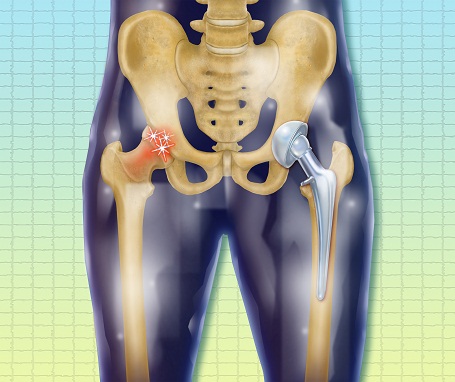
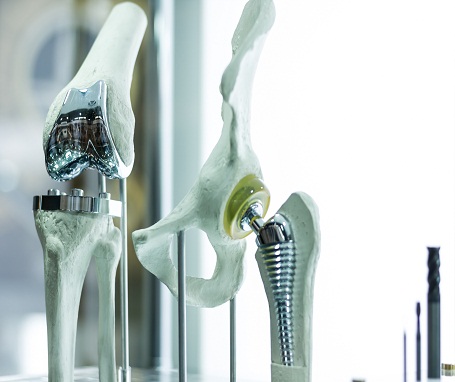
Due to arthritis or injury, many a time people experience intense knee pain and stiffness. This makes it difficult for the person to engage in even day-to-day activities without any difficulty. The first step to treat the problem is by using medications and non-surgical treatments, and if everything fails to work, knee replacement surgery comes into action. The main indication for knee replacement is pain, especially when this is combined with deformity and instability. Most replacements are performed for osteoarthritis of rheumatoid arthritis.
24
A Latin term used to describe bow legs, Genu varum is a condition which gives the limb an appearance similar to that of an archer’s bow. It is characterized by a deformity wherein the lower leg is arched inward as compared to the thigh’s axis. When a person suffering from bowed legs stands with his/her feet together, they’ll notice the presence of a distinct space between the lower legs and knees. The condition is very common in toddlers and seems to resolve itself as the child ages.
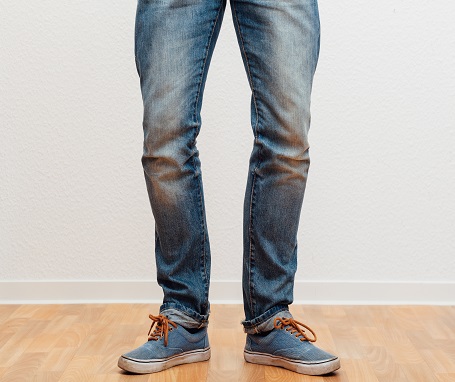
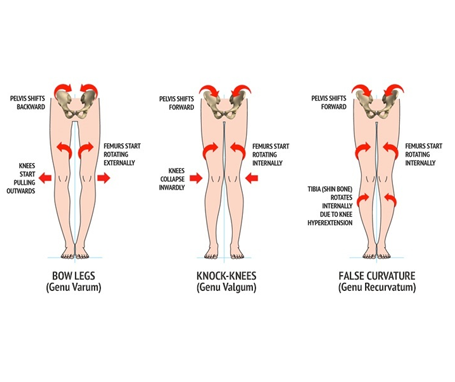
A Latin term used to describe bow legs, Genu varum is a condition which gives the limb an appearance similar to that of an archer’s bow. It is characterized by a deformity wherein the lower leg is arched inward as compared to the thigh’s axis. When a person suffering from bowed legs stands with his/her feet together, they’ll notice the presence of a distinct space between the lower legs and knees. The condition is very common in toddlers and seems to resolve itself as the child ages.
26
Osgood-Schlatter disease isn’t as technical as it sounds. It is basically a common cause of knee pain in growing adolescents. It is an inflammation of the area just below the knee where the tendon from the kneecap attaches the shinbone. The disease generally occurs during a growth spurt in children which usually begins between the ages of 8-10 in girls and 10-12 in boys. By the time children reach the age of 15, bone growth is usually complete so the chance of them experiencing Osgood-Schlatter disease is highly unlikely. But is having Osgood-Schlatter disease a problem of concern for your child.
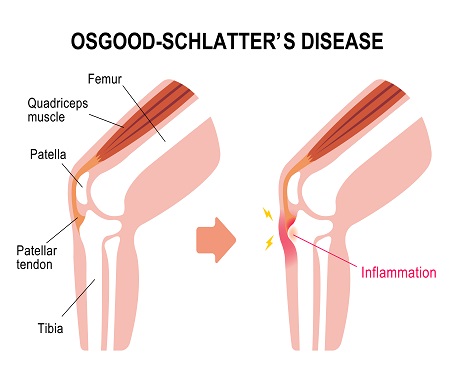
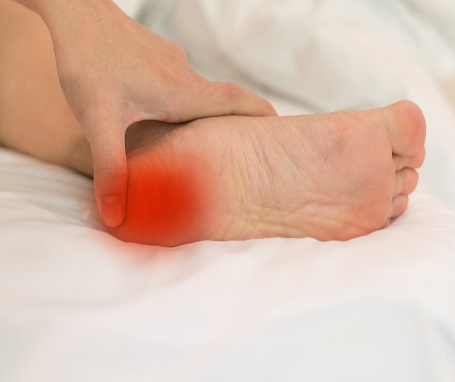
Sever’s disease is a common cause of heel pain in growing children. It is caused by inflammation due to excessive force or overuse of the growth plate of the heel. The disease generally occurs during a growth spurt in children which usually begins between the ages of 8-10 in girls and 10-12 in boys. By the time children reach the age of 15, the bone growth is usually complete and the growth plate of the heel has hardened, so the chance of them experiencing sever’s disease is highly unlikely. But is having sever’s disease a problem of concern? How does it affect the growth of your child? These are the questions we will tackle in this blog along with some more components related to the disease.
28
What is Transient Synovitis of the hip?
Transient synovitis may sound scary but it isn’t. Transient means ‘lasting for a short while’. It is a condition characterized by impermanent inflammation in the hip joint. The inflammation results in pain and swelling. The disease is a common childhood condition affecting up to 1 in 1000 children. It usually occurs in children between 3 and 9 years of age; with a peak incidence at around 6 years. The condition is twice more common in boys than in girls and more common in Caucasians than other racial groups. The left and right hips are affected roughly equally, but bilateral disease is rare.
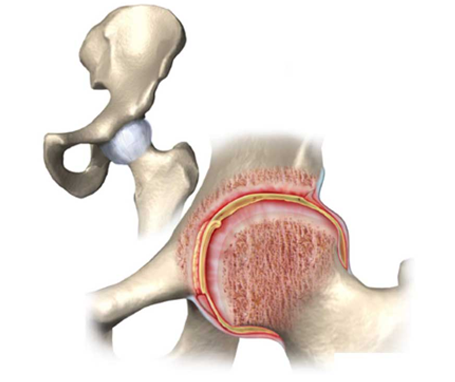
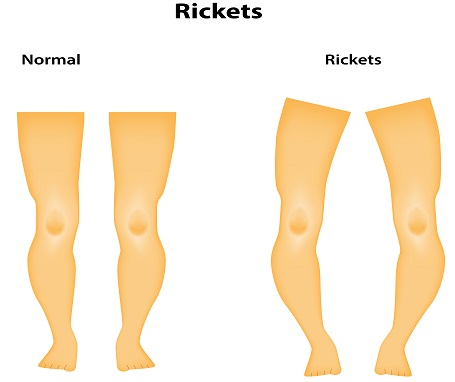
Rickets and osteomalacia are different terms for the same disease. Inadequate mineralization of bone in children is called rickets. However in adults, the condition is termed as osteomalacia. Osteoid, throughout the skeleton is incompletely calcified, and the bone is therefore ‘softened’ (osteomalacia). This leads to an increase in bone fragility and fracture risk. It usually occurs when there is insufficient intake of vitamin D through diet or when the body is unable to properly absorb the vitamin D intake of an individual. Vitamin D absorption is essential as it is responsible for absorbing calcium that is required to maintain strong and healthy bones. In children, the growth plate is also disrupted and hence leads to characteristic deformities (rickets).
30
If you are a person who is into high-intensity sports, inflammation of tendons must be a common sight. The condition wherein inflammation or irritation of tendons occurs is known as tendinitis or tendonitis. Tendinitis can occur in tendons located in various parts of your body but is most common around your wrists, elbows, knees, heels, and shoulders. The name of the injury is fashioned according to the area involved like Tennis elbow, golfer’s elbow, pitcher’s shoulder, swimmer’s shoulder, and jumper’s knee. Most of these names are based on one or the other sport because tendinitis is more common among adults who do a lot of sport. But that’s not it, older people are also susceptible to the condition because as people age, tendons lose their elasticity and hence become weaker.
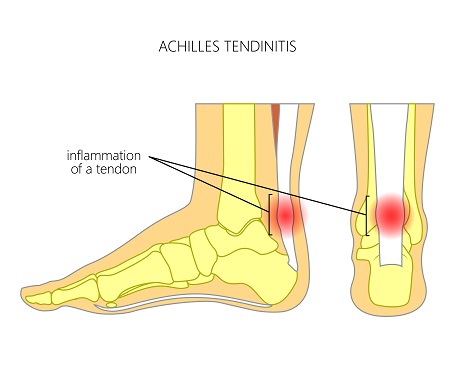
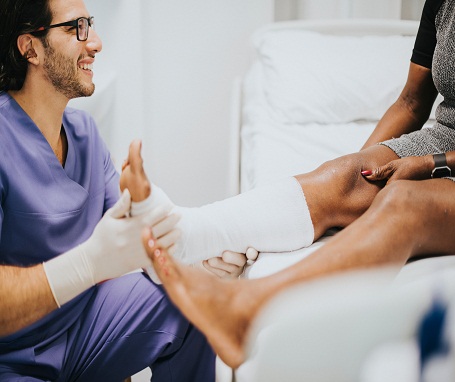
A Fracture is a break in the structural continuity of bone. It may be no more than a crack, a crumpling or a splintering of the cortex; more often the break is complete. The resulting bone fragments may be displaced or undisplaced. If the overlying skin remains intact, it is a closed fracture; if the skin one of the body cavities is breached, it is an open fracture ( also known as a compound fracture ), liable to contamination and infection.
32
Childhood is the time when children are the most active physically. Constant engagement in activities like running, playing, etc. invite a risk of bone fractures. This is also the time when the bones grow the most and hence require adequate amount of minerals to do so. But before going into the depth of the causes of bone fractures, let us first broaden our knowledge w.r.t what a bone fracture actually is.
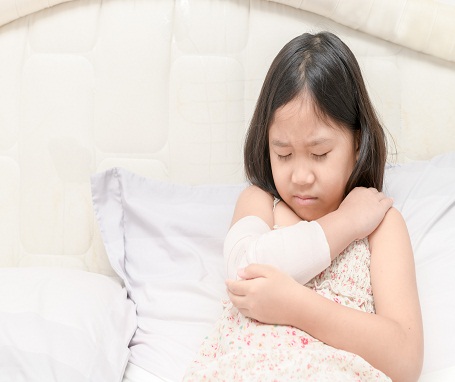
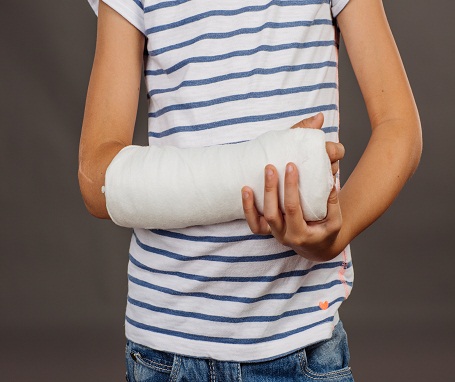
Cast Care Tips
A cast or a splint supports and protects an injured part of your body. The cast or the splint prevents the injured area from moving, so it can heal faster.
Taking good care of your cast will help you for a better and a speedy recovery.